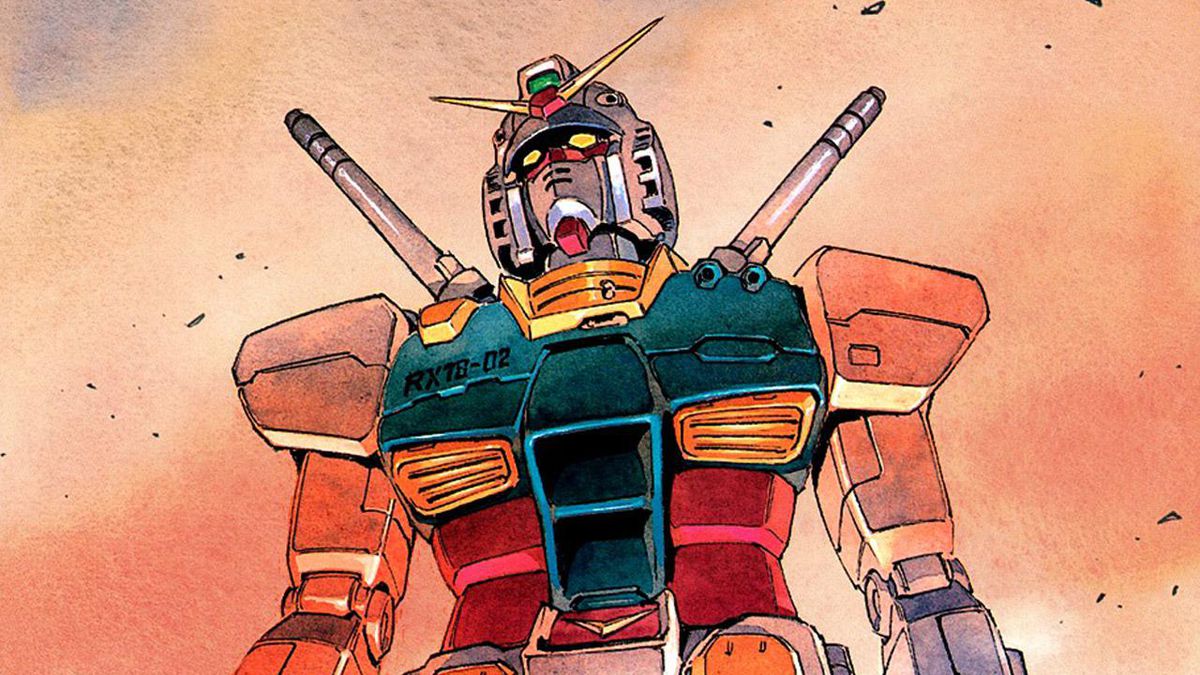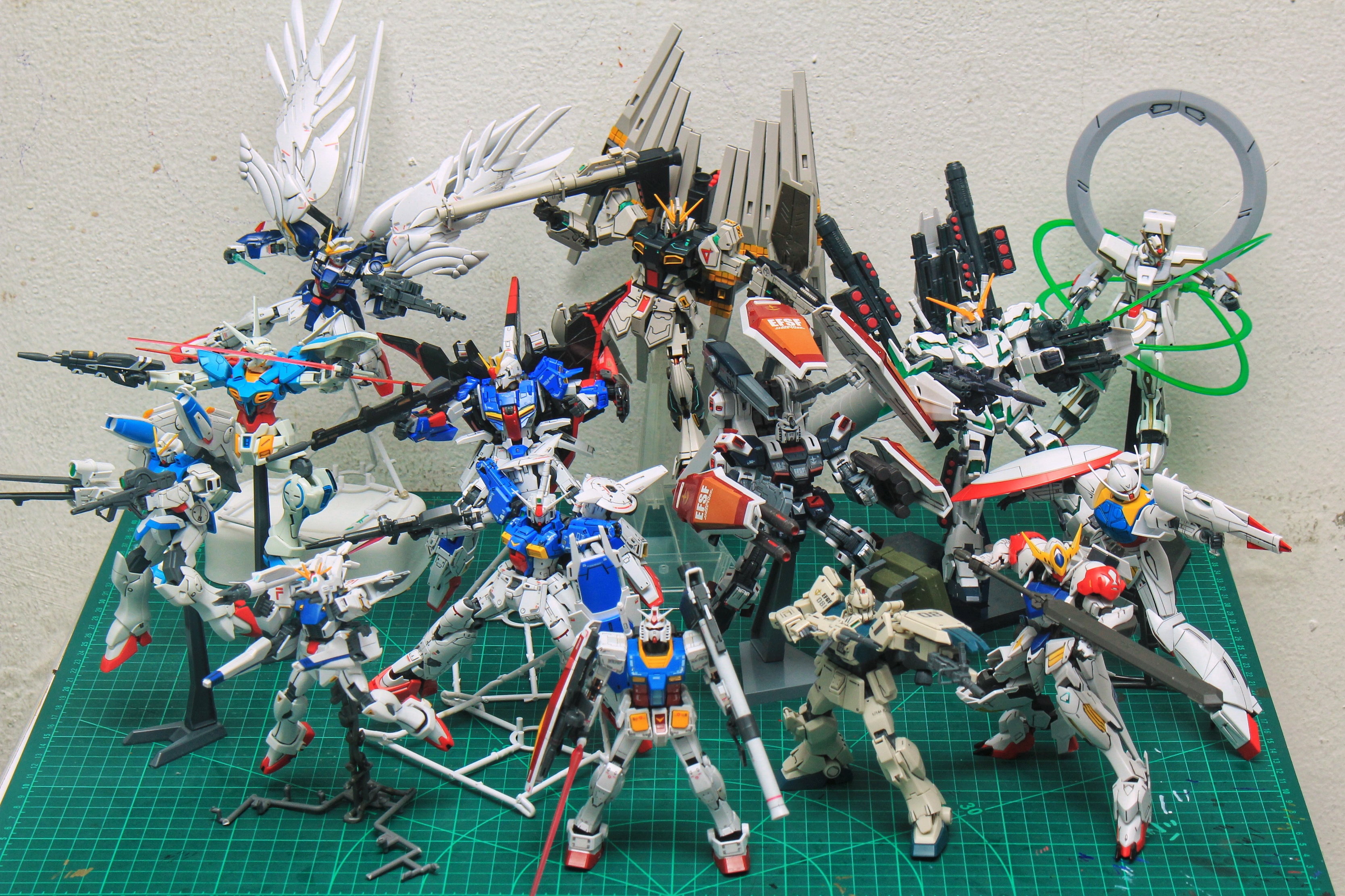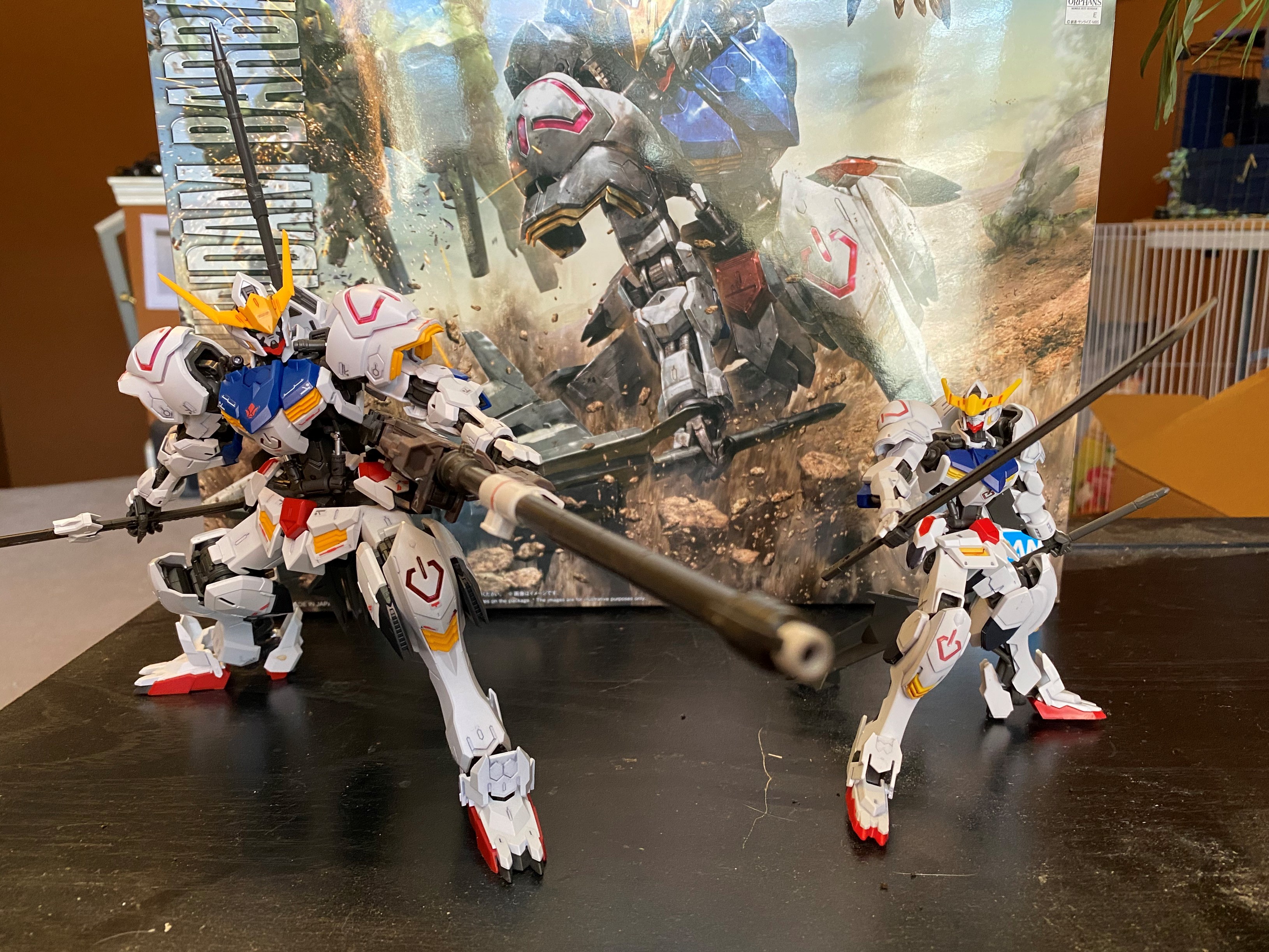
Gunpla Building 101 is the Perfect Entry Into This Timeless Series

Gunpla Building 101 is the Perfect Entry Into This Timeless Series
Fandom Fest is going strong, and it’s been awesome to see Nashville’s pop culture devotees coming together to celebrate all things nerdy.
With our upcoming session on Gunpla Building 101 happening Thursday, March 25 at 12 PM, we thought now would be the perfect time to write an introductory post to the world of Mobile Suit Gundam.
The short answer: it’s the Star Wars of Japan.
But, since that’s a bit vague: Gundam is a Japanese multimedia, sci-fi space opera franchise that began in 1979 with the premier of the original TV anime series, Mobile Suit Gundam (sometimes called First Gundam by fans). Since then, it’s branched out into other TV anime, original video animations (OVAs), movies, video games, manga, novels, and more.
First Gundam took place in the year 0079 of the fictional Universal Century, when humans have begun immigrating into giant space colonies called “Sides.” The citizens of Side 3 — sick of the oppression and corruption exhibited by the ruling Earth Federation — declare themselves the Principality of Zeon and launch a war of independence against Earth. In just one month of fighting, nearly half of the total human population is killed.
Into this conflict comes Amuro Ray, a 15-year-old boy with a brilliant mind but an immature personality. When a Zeon scouting party attacks a Federation base on his home colony of Side 7, killing many civilians in the process, Amuro joins the fray by commandeering the Federation’s new, powerful prototype mobile suit, the RX-78-2 Gundam. Fleeing with other refugees aboard the Federation’s cutting-edge space battleship, the White Base, Amuro and the amateur crew must find a way to survive long enough to reach Earth, turn the tide of the war, and bring peace back to the Earth Sphere.
Since the original series aired, there have been numerous Gundam productions. Some continue the story begun in the Universal Century timeline, while others branch off into other timelines that feature a new cast and tell completely new stories, all tied together by the powerful mobile suits called Gundams. For many Americans (including me), their first entry into the Gundam universe was Mobile Suit Gundam Wing, an alternate timeline series set in the After Colony Era, which premiered on Cartoon Network’s Toonami in 2000.
Mobile Suit Gundam was revolutionary at the time it first aired in Japan. While the popular “Super Robot'' genre of the 1970s featured some incredible machines with seemingly infinite power (think Voltron), it was a far cry from what real warfare with giant robots might look like. These shows were closer to superhero comics than any sort of serious military drama.
Gundam changed all of that. The Gundam and other machines needed constant maintenance, ran out of ammunition, and sometimes broke down in the middle of battle. More importantly, the show didn’t shy away from exploring the true nature of war in all its horror. Neither the Federation nor Zeon were wholly good or evil, with both capable of performing acts both horrific and heroic, often at the same time.
Even the morality and mental health of the “good guys'' was questioned numerous times as they suffered from battle fatigue, fits of near-insanity, and the overwhelming fear of death. Gundam also wasn’t afraid to kill off lead characters that the audience had grown to love over the course of the series (and this was way before Game of Thrones). In doing so, it launched what would become known as the “Real Robot” genre that dominated anime from the ‘80s through the mid-‘90s.
Today, in Japan especially, Gundam is considered a timeless classic that permeates pop culture in ways both small and large. You’ll find Gundam-themed amusement park rides and restaurants; Gundam-themed credit cards, cars, and cell phones; and you’ll even find two life-size Gundams that can move and transform! The franchise has made billions of dollars over the years, and you’ll find Gundam fans in almost every country in the world.
For all of that, the cultural phenomenon that is Gundam nearly didn’t come to be. First Gundam was almost cancelled due to poor ratings, and after the show was over, Gundam spent some time in obscurity.
From 1980 through 1981, there were two key things that brought Gundam to the forefront. One was a trilogy of compilation movies that re-edited the TV series into three, two-hour anime films for theaters. These movies helped tighten up the narrative, bring in new viewers, and make Gundam an even more enjoyable experience for many returning fans.
The other thing was the introduction of Gunpla.

Gunpla is short for “Gundam plastic model.” These model kits allow fans to build mobile suits and other iconic machines from the various Gundam series for themselves.
While the first set of Gunpla was standard fare for model kits — requiring glue and paint to build, and not very poseable — that didn’t stop them from selling like hotcakes. Over the next decade, they quickly evolved into something spectacular. By 1990, Gunpla boasted parts that easily snapped together without glue, colored plastic that meant painting was kept to a minimum (or completely unnecessary), and different “Grades” that catered to newcomers and skilled enthusiasts alike, giving Gundam a whole new lease on life.
Today, there are hundreds of different Gunpla to choose from, with millions of kits sold. By some estimates, there have been at least 10 Gunpla kits purchased for every man, woman, and child alive in Japan today.
The first thing you’ll need to do is determine which Gunpla kit is right for you. This will depend on which Gundam is your favorite, your skill level, and your price range.
To help you out, here’s a brief primer on the different Grades and Scales that Gunpla come in.
Scale
Scale is just a fancy term for the size of a finished Gunpla kit. The Scale is a measure of how big the kit is compared to the machine that it's based on. In general, Gunpla come in three different Scales:
There are others out there that you can explore, but this is enough to get you started.
While Scales are important for practically determining how much you can fit within the shelf space you have, the Grade will factor way more in choosing your kit.
Grade
Grades are a measure of how accurate and intricate a kit is. The higher the grade, the more detailed and reflective of the “real world” machine it is, but also the more difficult and time-consuming it is to assemble. Also, generally, the higher you go in Grade, the more expensive a kit becomes.
Like Scale, there’s wide range of options for you to explore, but for today, we’ll stick with the most common ones:
I know all of this might sound intimidating, at first, but trust me — you don’t have to stress about it. Whether it’s an SD or a PG kit, Gunpla are designed to easily snap together with basic instructions. Plus, most Gundams have multiple Grades and Scales, so you can find the machine you love no matter your skill level or price range.
To give you an idea how Grade and Scale actually impact the look of the model, below is a pic of both the HG and MG versions of the ASW-G-08 Gundam Barbatos from Mobile Suit Gundam: Iron-Blooded Orphans.

Gunpla Building 101 is the perfect way to get your feet wet with this incredible sci-fi saga. But, if you’re just too excited to wait that long, NPL has some great Gundam items in our collection that you can check out now.